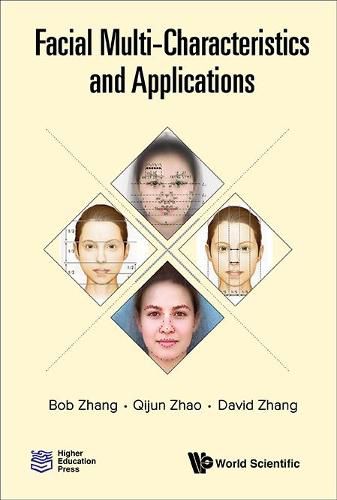Readings Newsletter
Become a Readings Member to make your shopping experience even easier.
Sign in or sign up for free!
You’re not far away from qualifying for FREE standard shipping within Australia
You’ve qualified for FREE standard shipping within Australia
The cart is loading…






What features or information can we observe from a face, and how can these information help us to understand the person concerned, in terms of their well-being and what can we learn about and from each given feature? This book answers these questions by first dividing a face’s multiple characteristics into two main categories: original (or physiological) features and features that change over a lifetime. The first category, original features, may be further divided into two sub-classes: features special (or unique) to an individual, and features common to a particular group. The second, changed features, can also be subdivided into two groups: features altered due to disease or features altered by other external factors. From these four sub-categories, four different applications - facial identification using original and special features; beauty analysis using original common features; facial diagnosis by disease changed features; and expression recognition through affect-changed features - are identified.The book will benefit researchers, professionals, and graduate students working in the field of computer vision, pattern recognition, security/clinical practice, and beauty analysis, and will also be useful for interdisciplinary research.
$9.00 standard shipping within Australia
FREE standard shipping within Australia for orders over $100.00
Express & International shipping calculated at checkout
What features or information can we observe from a face, and how can these information help us to understand the person concerned, in terms of their well-being and what can we learn about and from each given feature? This book answers these questions by first dividing a face’s multiple characteristics into two main categories: original (or physiological) features and features that change over a lifetime. The first category, original features, may be further divided into two sub-classes: features special (or unique) to an individual, and features common to a particular group. The second, changed features, can also be subdivided into two groups: features altered due to disease or features altered by other external factors. From these four sub-categories, four different applications - facial identification using original and special features; beauty analysis using original common features; facial diagnosis by disease changed features; and expression recognition through affect-changed features - are identified.The book will benefit researchers, professionals, and graduate students working in the field of computer vision, pattern recognition, security/clinical practice, and beauty analysis, and will also be useful for interdisciplinary research.